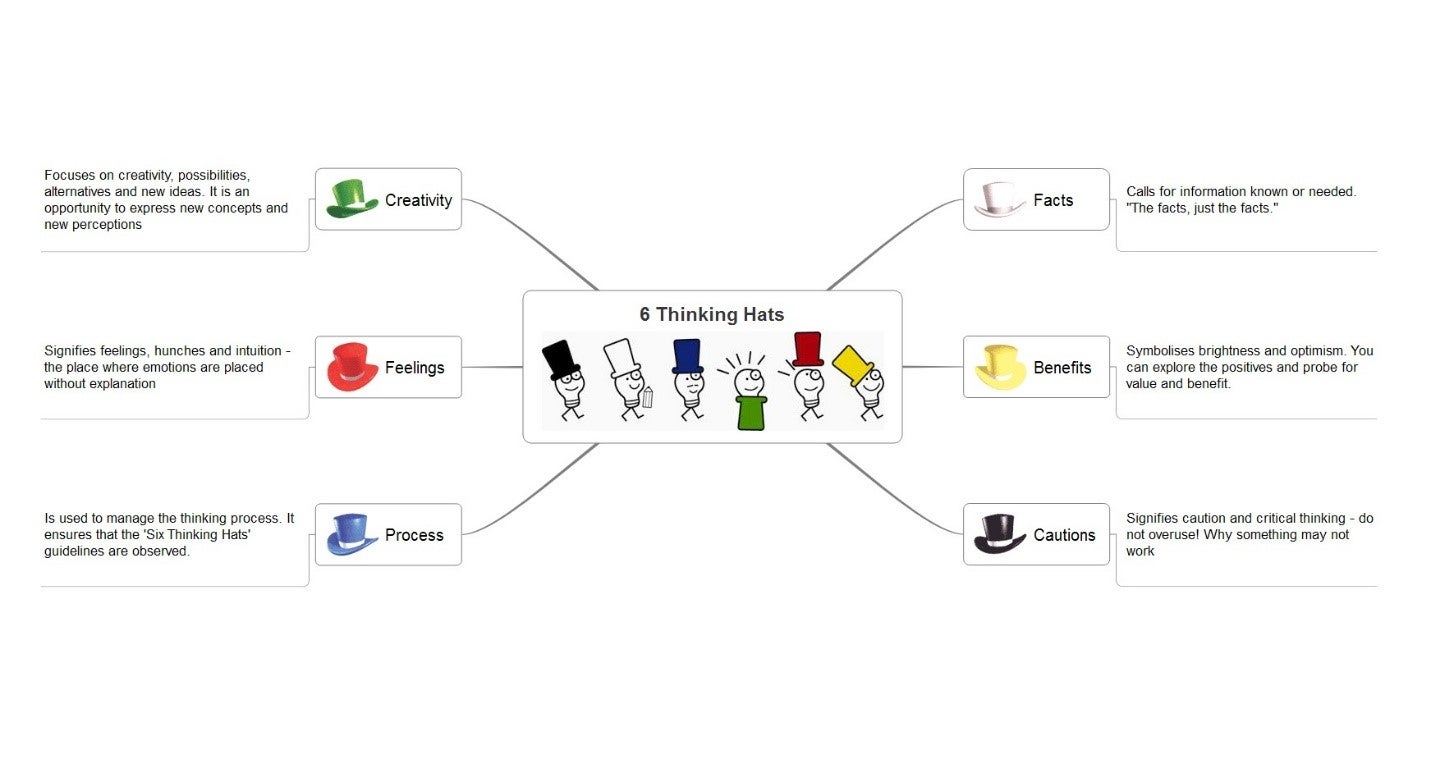
Business owners and managers always must rely on making the right decisions, both in terms of following trends and bringing innovative ways to make their business more successful. But dealing with the process of making decisions and making the right choices, with the risk of failure always present, is seldom an easy task. Many professionals feel insecure or don’t have enough intel to feel confident and take properly balanced risks when making a decision.
Good decision-making guidance involves a linear process that includes these basic steps:
- Identify the problem
- Come up with alternative solutions
- Evaluate and choose among the alternative solutions
- Implement and monitor the chosen solution
To achieve these steps, you can utilize the following three effective methods to guide you in making the best business decision.
Make a Balance Sheet
The first way to get through elaborate alternatives and outcomes is to use a balance sheet. This technique is very useful in problem solving, and equally effective in decision-making, as they both involve reaching an outcome.
What you do is take a simple pen and paper, and draw a line on the middle, making one side free for pros and the other for cons. You elaborate on why a certain alternative is better or has smaller risks, in comparison to the others, for which you have also made assumptions. This balance sheet method is a very practical one, and relies on documenting facts and assumptions. Though it may seem too subjective, it’s a valuable method to support the decision making process.
Use the “Six Thinking Hats” Technique
Another decision making methodology is the use of a very stimulating technique called “Six Thinking Hats.” You can see a more visual description in the mind map below.
The Six Thinking Hats technique introduces six ways to look at things: facts, feelings, process, creativity, benefits and cautions, and they are all represented by six different colors for a more stimulating effect.
While “wearing” each hat, you can look at the decision from different perspectives, which stimulates the risk assessment and the many possible outcomes.
The white hat is the objective view on the situation and relies only on facts, data and figures, without considering subjective thinking or emotions.
The blue hat signifies control of the process and is used to manage the thinking process by observing guidelines of the process.
The red hat marks feelings and relies on intuition, and places emotions without explanation.
The green hat is focused on creativity and freshness of ideas and induces lateral thinking.
The yellow hat symbolizes the optimistic side of looking at outcomes and explores the positive values and benefits of the situation.
The black hat is the critical thinking hat, where the risks and negative sides are considered.
Try the “Mind-mapping” Technique
I am a big fan of new concepts and I frequently incorporate another famous technique into the decision making process, called mind mapping.
Mind mapping is a visual technique used to organize ideas and information. The product of mind mapping is called a mind map and is nothing more than a specific diagram, representing a central topic branching out to subtopics that elaborate the central subject, in this case a problem or a decision to be made. This tool is used to generate, visualize and structure ideas and aids decision making and problem solving, by letting us see the “big” picture.
Conclusion
You can’t possibly surmise all the advice you need to take into account when making any decision, but you can take into account some of the following:
- Make sure you are sufficiently informed and can put aside any conflicts of interest;
- Value information and document it in any form as evidence;
- Take account of all relevant factors and ignore any irrelevant ones;
- Always think through actions that are within your power and try to act upon them;
- And last but not least, make decisions that are within your range.
 Author: Joel Roberts is an entrepreneur and a project manager with more than 12 years of experience, working for Seavus Project Viewer – a standalone viewer for team members who need to view and analyze project plans. Passionate about ideas and innovation management, she uses mind mapping on a daily basis to organize, plan and improve her work. Her articles have been featured in more than a dozen project management and business websites. You can follow her on LinkedIn.
Author: Joel Roberts is an entrepreneur and a project manager with more than 12 years of experience, working for Seavus Project Viewer – a standalone viewer for team members who need to view and analyze project plans. Passionate about ideas and innovation management, she uses mind mapping on a daily basis to organize, plan and improve her work. Her articles have been featured in more than a dozen project management and business websites. You can follow her on LinkedIn.
3060 Views












